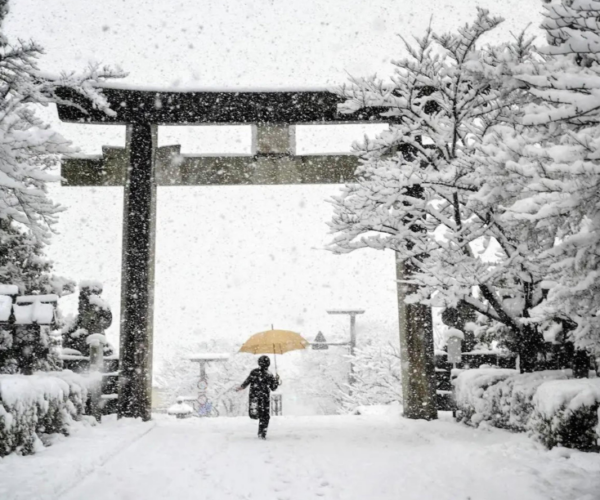Discovering the rich reds and golds in the green heart of Japan
Alicia Goh (Gifu)
Gifu is one of Japan’s eight landlocked prefectures and its seventh largest prefecture. What it lacks in seaside bounties it makes up with pristine rivers, soaring mountainside views, a fairytale-like hamlet of gassho-zukuri (thatch-roof) houses, and many traditional crafts protected and passed down for generations: Seki cutlery, Mino ware pottery, and Mino washi paper. But come autumn, its central position—nestled in amongst the mountains—offers something of a hidden treasure for travellers seeking the colours of the season. From north to south, Gifu spans a vast range of altitudes, which means that the viewing window for the cherry blossoms of spring and the momiji (red maple leaves) of autumn last far longer here than in other prefectures.
Less than two hours by rail from Osaka or Kyoto, or about two and a half hours from Tokyo, the autumnal scenery of Gifu is accessible even to those who’ve waited until the last moment to plan their momiji-viewing. It’s a place of small crowds, delicious food, friendly locals, and a deep love for the environment. With October’s arrival, now is the perfect chance to take a look at the prefecture’s top scenic spots of the season.
1. Okuhida Hot Spring Villages (Takayama)
奥飛騨温泉郷(高山市)Okuhida Onsen-kyo (Takayama-shi)
Peak autumn-viewing: early to late October
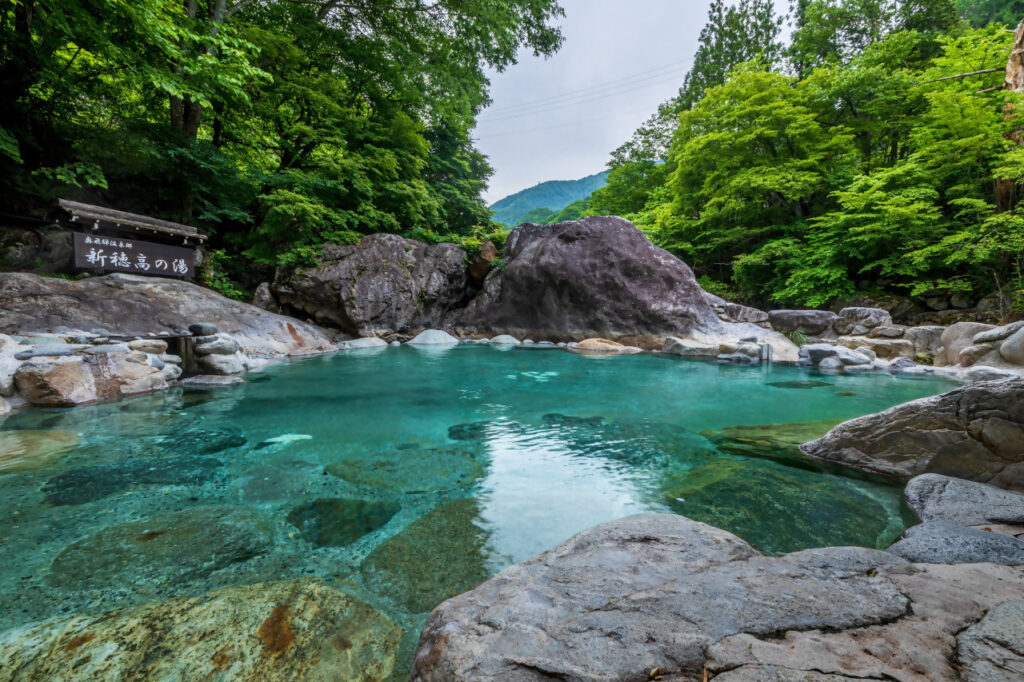
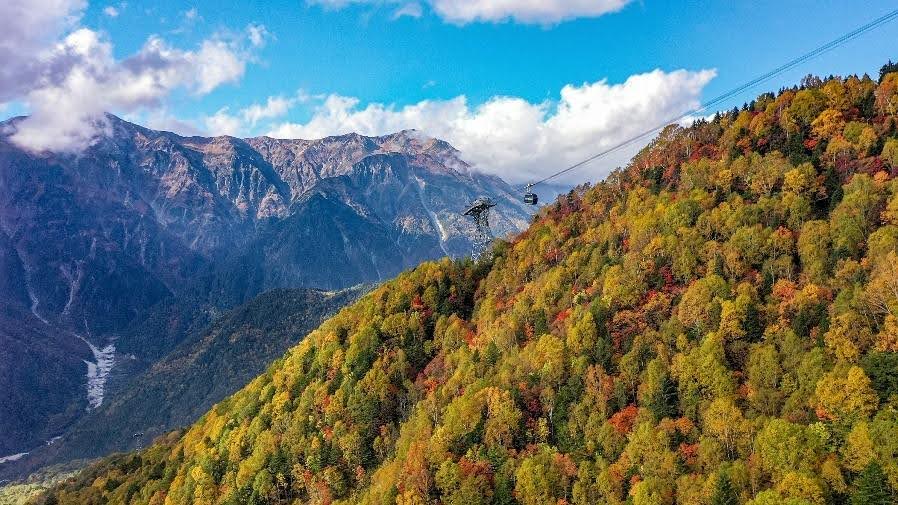
Tucked away in the Northern Japan Alps (also known as the Hida Mountains), the Okuhida Hot Spring Villages have the highest number of open-air hot spring baths in Japan. The mountains are bathed in brocades of amber and red during autumn, the sights and sounds of the forest providing the perfect accompaniment to a soak in the onsen.
The nearby Shinhotaka Ropeway is Japan’s only double-decker aerial tramway, with an unparalleled panoramic view of the Northern Japan Alps throughout the year. However, for the autumn season, operating hours are extended, allowing travellers to see the sunset and starry night sky at 2,156 m above sea level.
2. Oyada Shrine and Maple Valley (Mino)
大矢田神社 & みじ谷(美濃市)Oyada-jinja & Miji-tani (Mino-shi)
Peak autumn-viewing: mid to late November
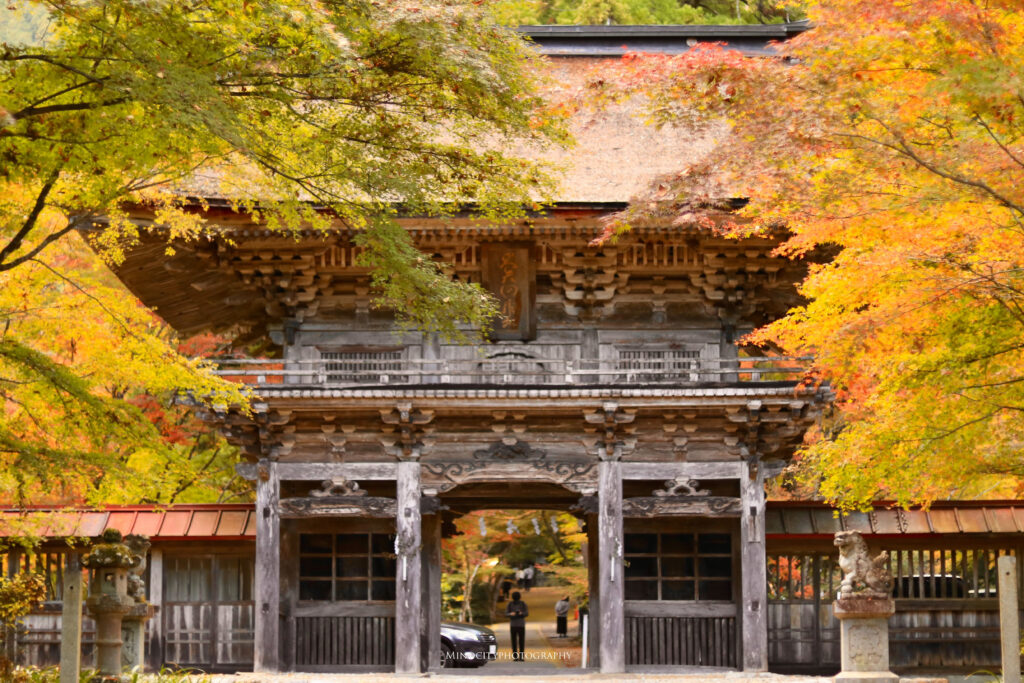

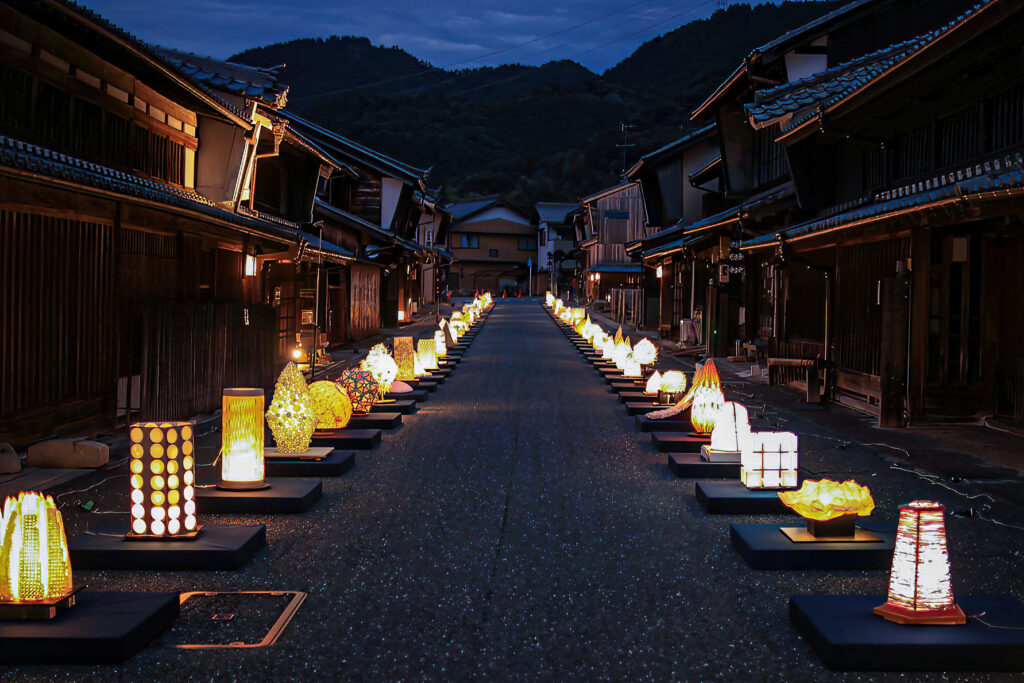
Located in Central Gifu, Oyada Shrine is a Shinto shrine built in 1672, enclosed by a primaeval forest of over 3,000 maple trees, some of which are over 1,000 years old. The site is widely recognised for its importance, with the shrine listed as a National Important Cultural Property and the forest itself designated as a Natural Monument of Japan. Cloaked in deep crimsons come mid-November, the scenery of the autumn foliage is a sharp contrast to the intricate wooden carvings that adorn the shrine, making it a popular spot for photographers.
The shrine is also the venue for the local Hinkoko Festival, where a 500 year-old puppet performance takes place, enacted as a prayer for good harvest and spiritual cleansing. The puppets are brought out on the third Saturday and Sunday of October and during the Maple Valley Festival (the last Sunday of November).
Not too far away, the Udatsu Wall Historical District of Mino City hosts the Mino Washi Akari Art Festival from mid-October until early December. Paper lantern art from all across the country and some from overseas is displayed in the town, adding to the beauty of its structures—which have retained the look and feel of Japan’s Edo period. At sunset, gentle light shines through the delicate Mino washi paper decorations, fashioned into all manner of shapes and sizes.
3. Eiho-ji Temple (Tajimi)
永保寺(多治見市)Eiho-ji (Tajimi-shi)
Peak autumn-viewing: mid to late November
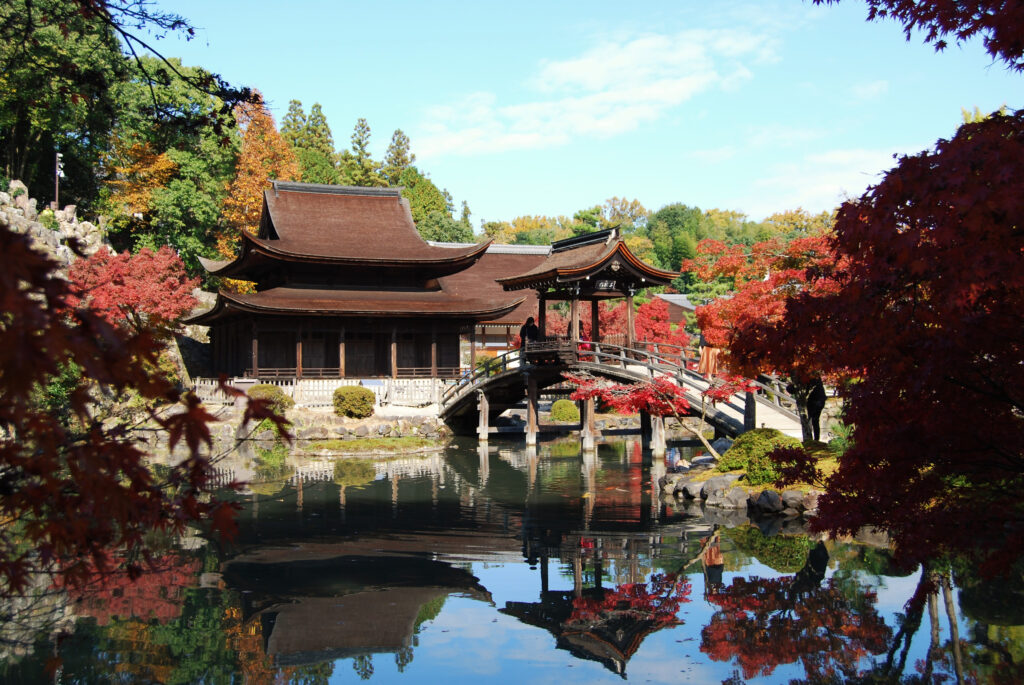
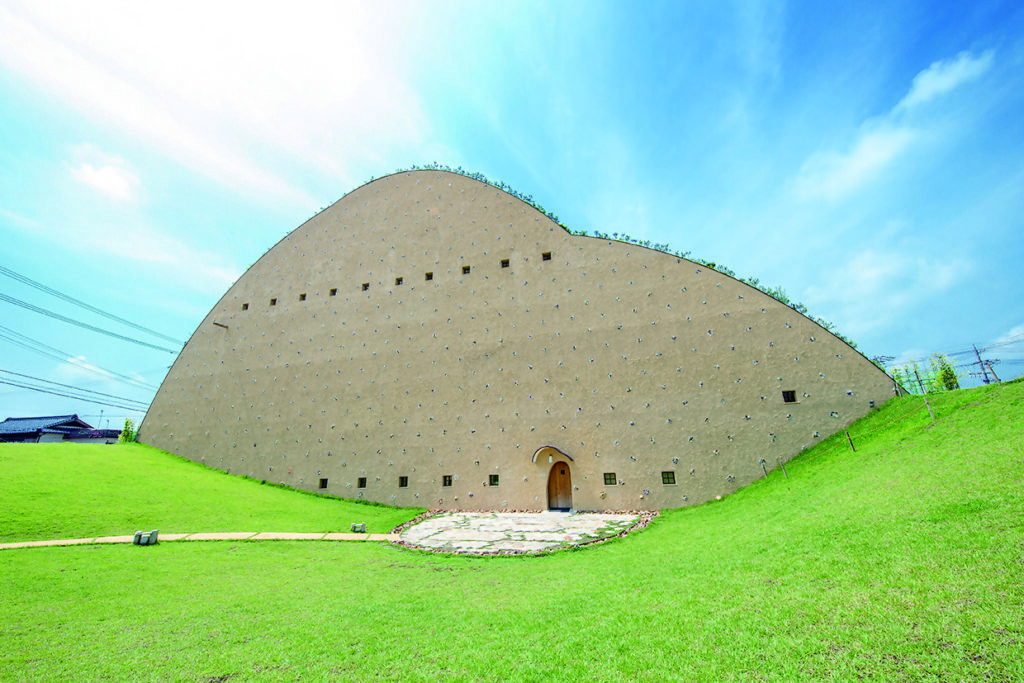
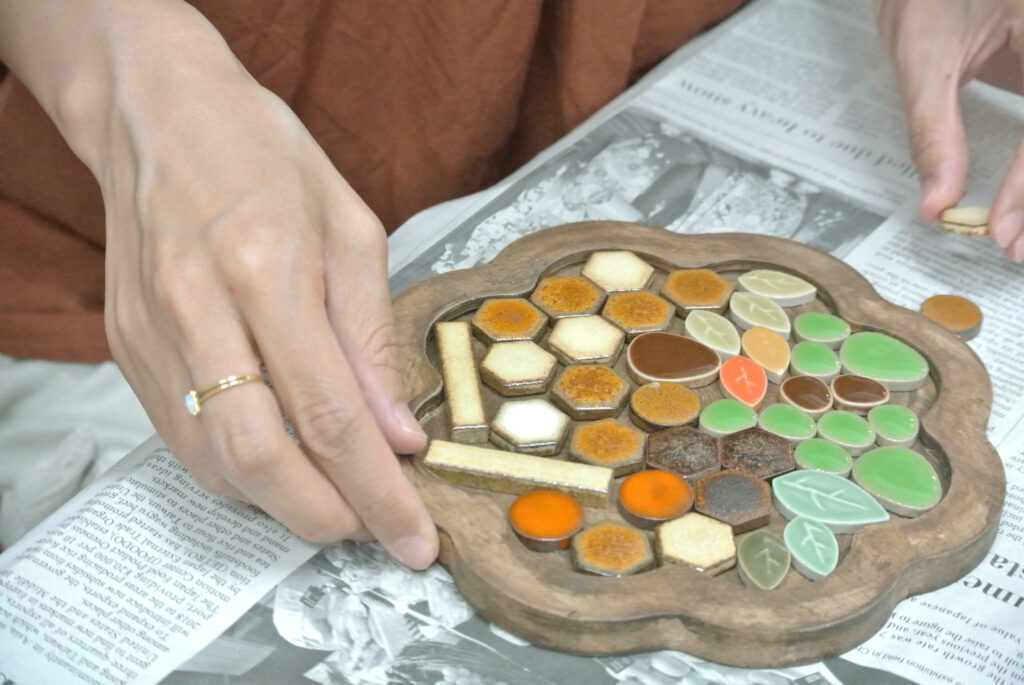
In Gifu’s southeast, you can find Eiho-ji Temple, a Rinzai Zen Buddhist temple with a garden designated as a National Scenic Place of Beauty. The 700 year-old giant gingko tree in front of the main hall bursts into bright gold during the autumn season, combining with the fiery hues of the Japanese maples and the bright blue sky to create a sight that must be seen in person.
Tajimi has also held a reputation as the centre of production for Mino wares for the past 1,000 years, so fittingly the ceramic lanterns here are all made with local shino and oribe glaze styles.
Those with a deeper interest in ceramic art, or a curiosity for unique architecture, may also want to wander over to the Mosaic Tile Museum. The exterior, created by architect Fujimori Terunobu, is modelled after the quarries from which the clay for mosaics are carved from. Inside, as well as examples of tile work dating all the way back to the start of the Showa era, guests are able to make their own tile handicrafts too.
4. Jion-zenji Temple (Gujo)
慈恩禅寺(郡上市)Jion-zenji (Gujo-shi)
Peak autumn-viewing: late October to early November
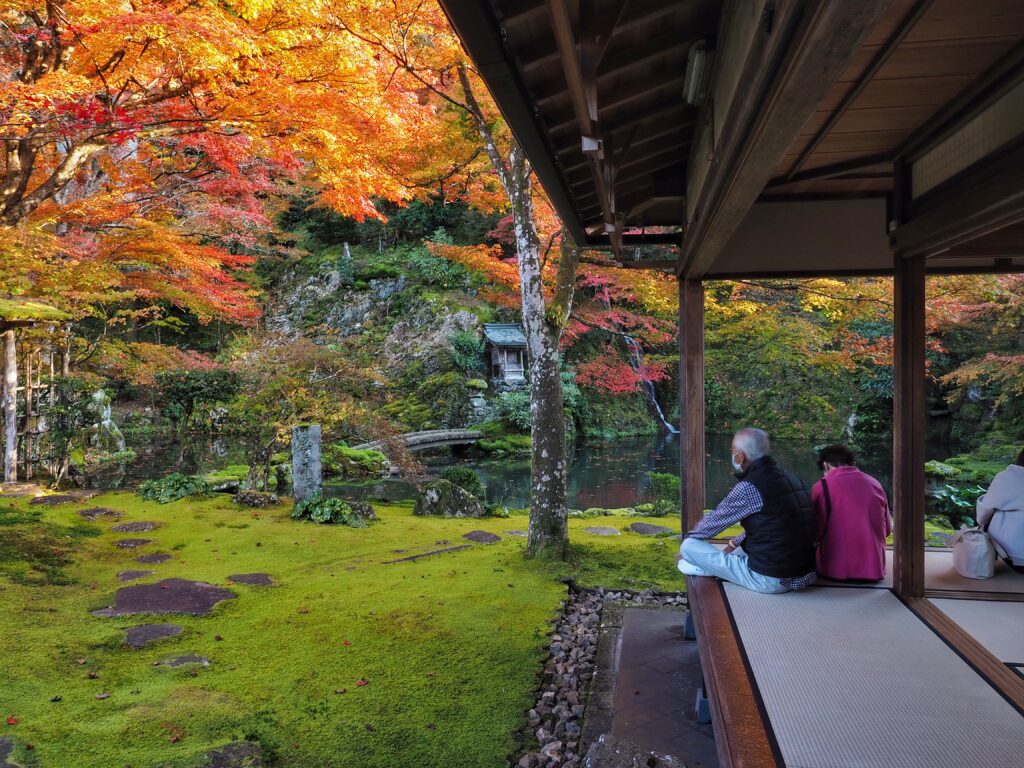
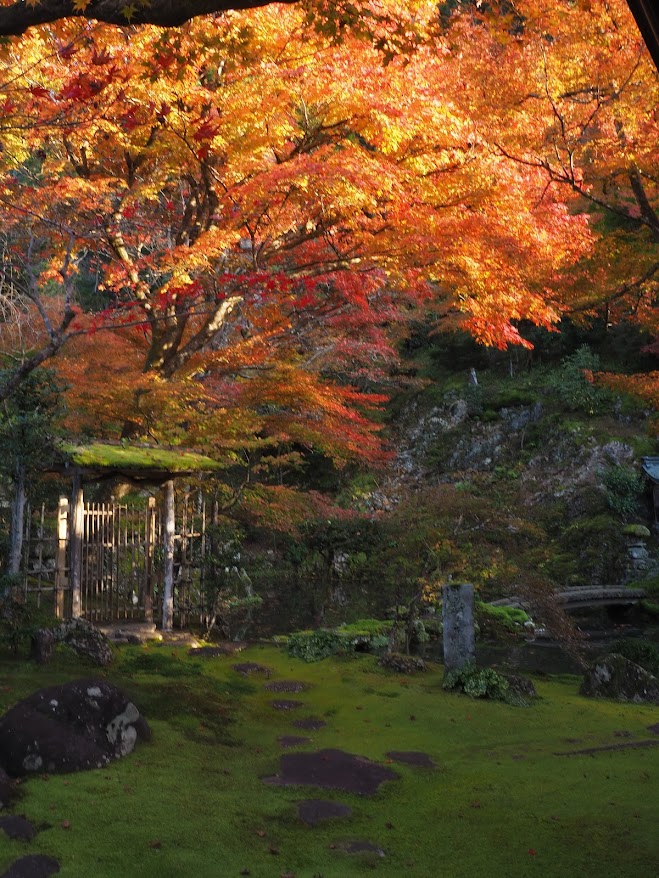
On Central Gifu’s western edge lies Jion-zenji Temple, with a stunning garden designed to showcase the beauty of the changing seasons. Visitors are welcome to have a seat facing the garden while relaxing to the soothing sounds of the running waterfall and the suikinkutsu, a traditional Japanese garden ornament that amplifies a trickle of water (in Jion-zenji’s case, from the temple’s washing basin) into a jar to create constant, natural music. The myriad colours and carefully cultivated trails create an effect that’s not all too different from walking through a real-life scroll painting.
However, as a “strolling pond garden” the grounds are best enjoyed while wandering the path, admiring the changes in the scenery with each step, pausing to contemplate the garden from a variety of perspectives rather than focusing on any one view.
The garden was created in the style of the Muromachi period, though the current buildings are not quite that old. The originals were destroyed following a flood in 1893, but were thankfully rebuilt three years later.
5. Manabinomori (Kakamigahara)
学びの森(各務原市)Manabinomori (Kamigahara-shi)
Peak autumn-viewing: mid to late November
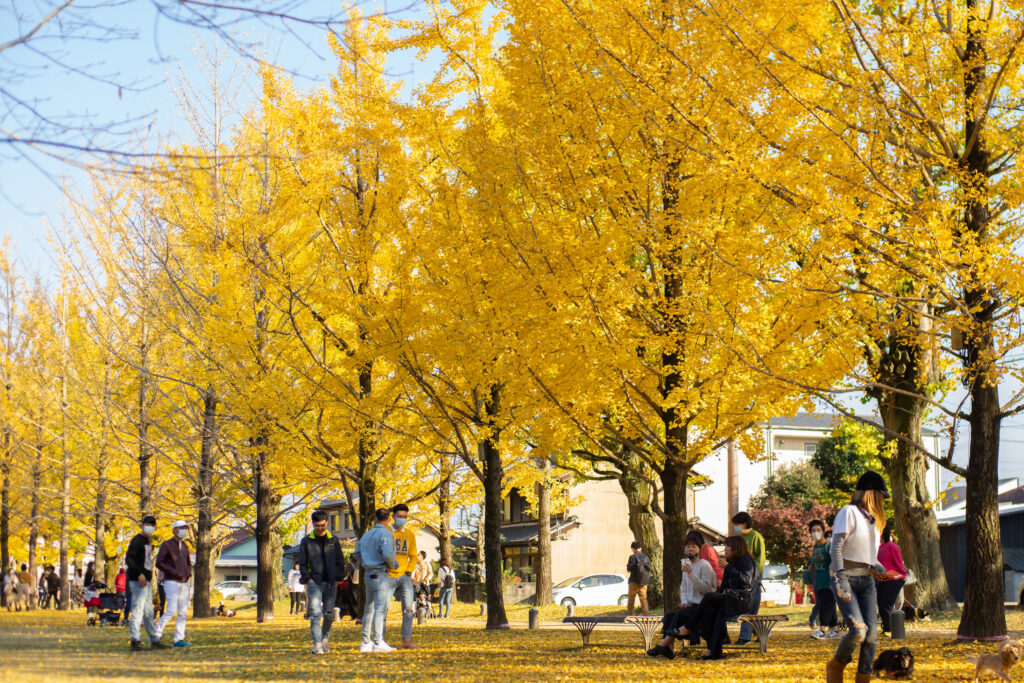
Down in South Gifu, 70 gingko trees make up the “Forest of Learning.” Spread out over 300 m, these trees put on a dazzling show every year in autumn, attracting many visitors from far and wide. The foliage arcs over the road, creating a seemingly endless tunnel of rich golds and ochre hues. The promenade also carries a second name, the “Winter Sonata street,” as it was a filming location for the wildly popular Korean drama of the same name back in 2002.
While an autumn visit is the best way to appreciate the trees’ natural beauty, those making later travel plans can also set their trip between early December until mid-February, when the trees are decked out in 200,000 fairy lights to create a winter light spectacle.
In Conclusion…
From the untouched wilderness of the Hida Mountains to the vast, rich Nobi Plains in Kakamigahara, Gifu’s autumn has something for everyone to enjoy, and that goes far beyond just the places listed here. Dotted throughout the prefecture are countless glimpses of Japan’s cultural history and natural wonders. One autumn would never be enough to see them all, but it might just be a good time to start.
Alicia Goh is a Malaysian Chinese Australian working in tourism marketing and promotion for places off the beaten track in Gifu. Among the things she enjoys are singing, jogging (after, not necessarily during), boxing, and cross-stitching. Unwitting subjects of her burgeoning interest in photography include insects, flowers, and adorably round wild birds. She also likes lists.
